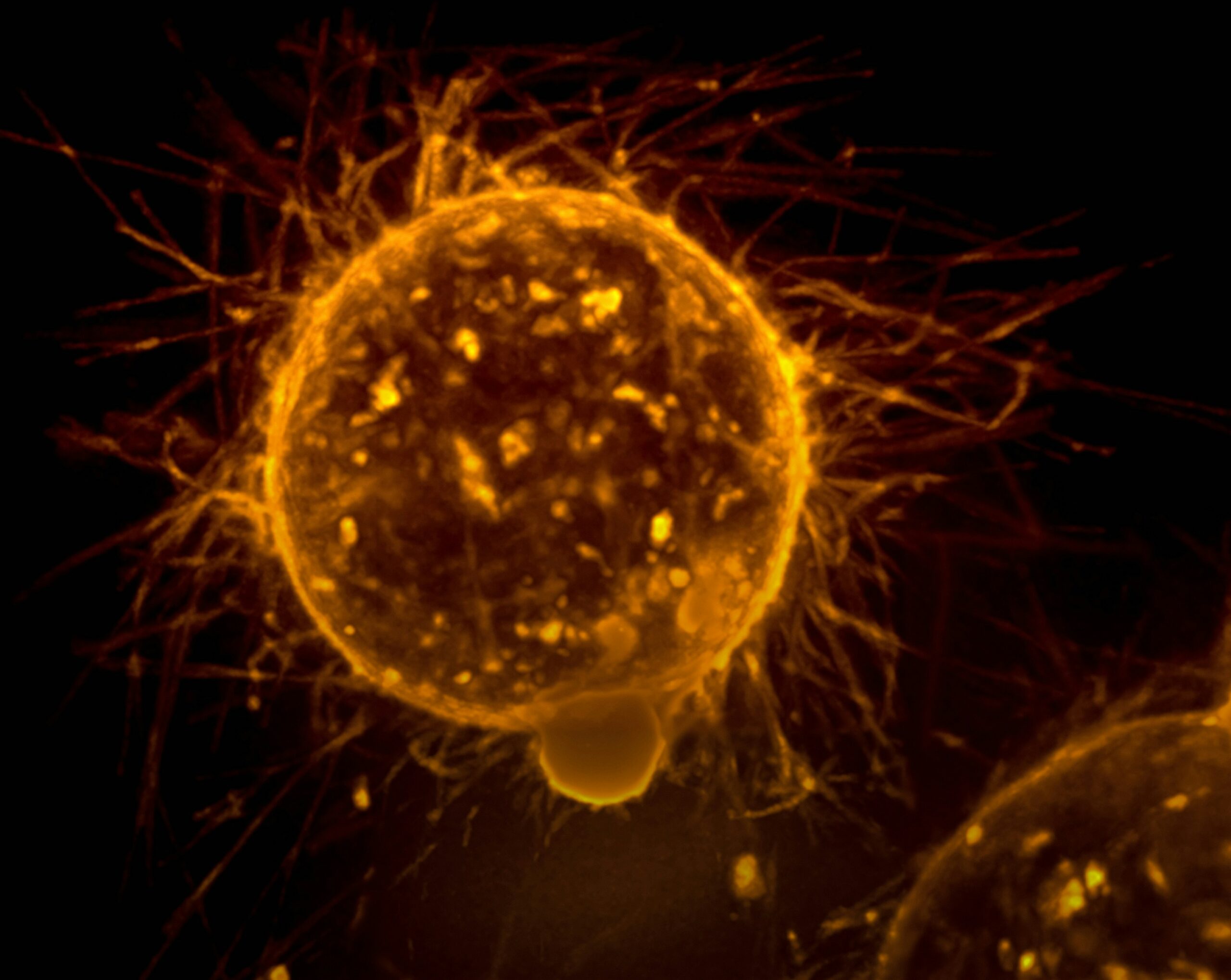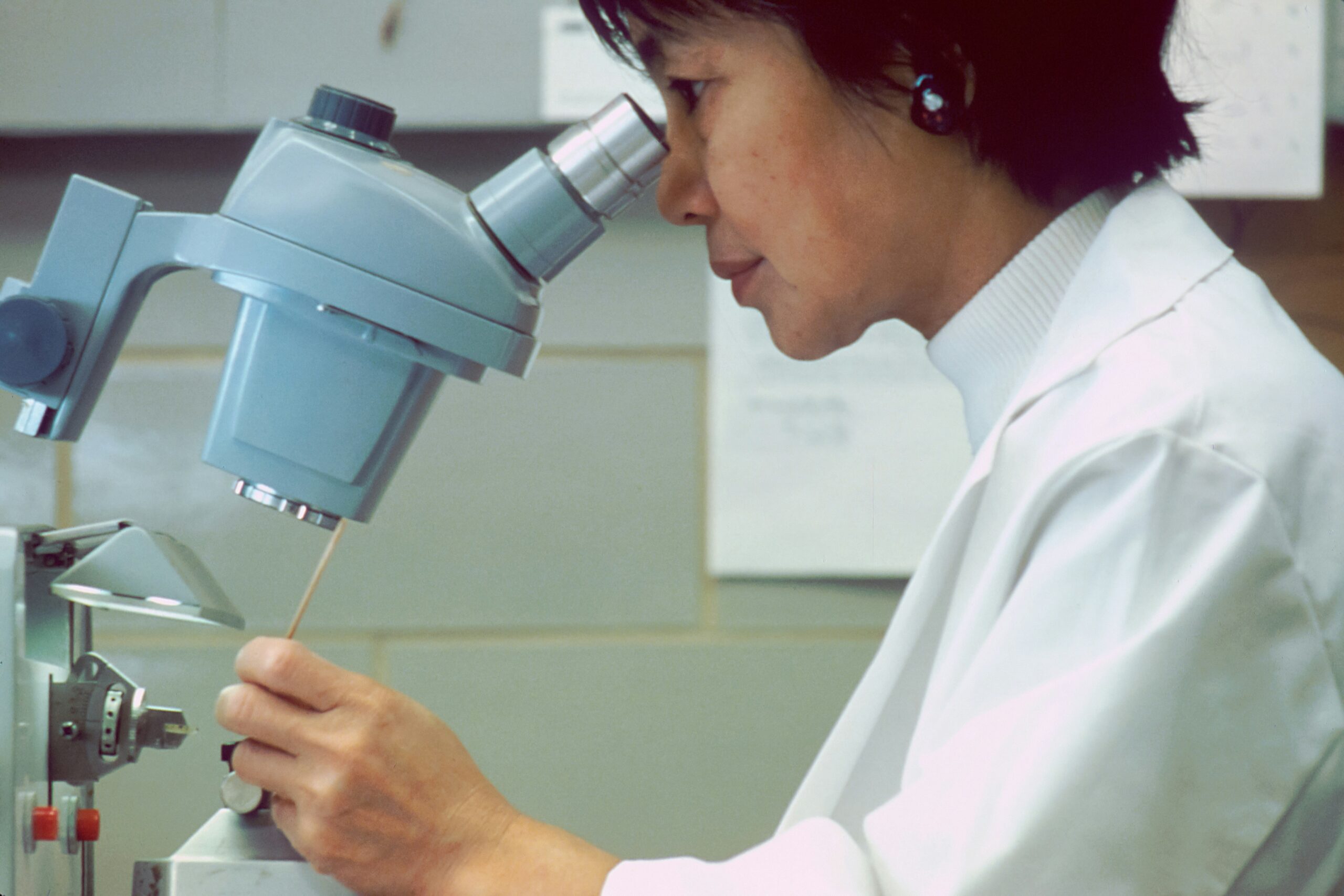Have you ever wondered what symptoms could indicate prostate carcinoma? It's completely normal to be concerned about your health and want to stay well-informed. Understanding the signs and symptoms of prostate cancer is essential, especially for men over a certain age. This knowledge can lead to early detection and, consequently, more effective treatment options.
Understanding Prostate Carcinoma
Prostate carcinoma, commonly referred to as prostate cancer, is a form of cancer that arises in the prostate gland. This gland, which is part of the male reproductive system, is located just below the bladder and in front of the rectum. Prostate cancer is one of the most common types of cancer found in men, and understanding more about it can aid in early detection.
What is the Prostate Gland?
The prostate is a small, walnut-sized gland found only in men. It plays a crucial role in the male reproductive system by producing seminal fluid, which nourishes and transports sperm. Due to its location and functions, the prostate can become a site of concern as men age, which is why regular check-ups are vital for maintaining health.
How Does Prostate Cancer Develop?
Prostate cancer develops when cells in the prostate mutate and begin to grow uncontrollably. Over time, these cells form a tumor, and if not detected early, the cancer can spread to other parts of the body. However, not all prostate cancers are aggressive; some are slow-growing and may not pose a significant threat during a man's lifetime.
Common Signs and Symptoms of Prostate Carcinoma
Identifying the signs and symptoms of prostate carcinoma early can make a big difference in outcomes. Let's walk through some of the most common symptoms that might indicate the presence of prostate cancer.
Urinary Symptoms
Since the prostate gland surrounds part of the urethra, any changes or enlargements can directly affect urinary function. Here are some urinary symptoms you should be aware of:
- Frequent Urination: Especially noticeable at night.
- Difficulty Starting or Stopping Urination: A hesitancy or reduced force in the urinary stream.
- Painful or Burning Sensation During Urination: Can often be confused with a urinary tract infection.
- Blood in Urine: Known as hematuria, this symptom should always be checked by a healthcare professional.
Sexual Dysfunction
Prostate health is closely tied to sexual function, so some symptoms may manifest in this area:
- Erectile Dysfunction: Difficulty achieving or maintaining an erection.
- Painful Ejaculation: Discomfort during or following ejaculation.
- Blood in Semen: Less common, but significant enough to warrant a doctor's visit.
Pelvic Discomfort
Discomfort or pain in specific areas could also indicate prostate issues:
- Pain or Stiffness: In the lower back, hips, or thighs.
- Pelvic Pain: Persistent discomfort in this region can be a cause for concern.
Systemic Symptoms
These symptoms might occur as the cancer spreads beyond the prostate:
- Unexplained Weight Loss: Losing weight without changes in diet or physical activity.
- Fatigue: Persistent tiredness or lack of energy.
- Swelling in Legs: Often due to lymphatic system involvement.

Risk Factors and Who Should Be Concerned
Not everyone experiences these symptoms, and not all cases of prostate cancer are the same. Certain risk factors can make you more vulnerable to developing prostate cancer.
Age and Its Impact
The risk of prostate cancer increases significantly with age. It's most commonly diagnosed in men over 50. After the age of 65, the risk continues to grow, which is why it's crucial for aging men to keep a close watch on their prostate health.
Family History Matters
If you have a family history of prostate cancer, particularly a father or brother who has been diagnosed, your risk is higher. Genetic factors can play a significant role in the likelihood of developing prostate cancer.
Race and Ethnicity Influences
Statistics show that African American men are more likely to develop prostate cancer compared to men of other races. Awareness of this higher risk is crucial in promoting earlier screening and prevention strategies.
Dietary Choices and Lifestyle
Certain lifestyle factors, such as a diet high in processed foods and low in vegetables, are associated with an increased risk of prostate cancer. Maintaining a healthy diet and regular physical activity can be beneficial for prostate health.
Diagnostic Tests and When to See a Doctor
If you're experiencing symptoms or believe you're at risk, it's essential to seek medical advice. There are several tests doctors use to diagnose prostate cancer.
Prostate-Specific Antigen (PSA) Test
The PSA test measures the level of prostate-specific antigen in your blood. Elevated levels can indicate prostate cancer, but high PSA levels can also be due to other conditions like an enlarged prostate or prostatitis.
Digital Rectal Exam (DRE)
In a DRE, a healthcare professional manually examines the prostate for abnormalities. While it might be uncomfortable, this test is often used in conjunction with the PSA test for more accurate screening.
Biopsy: The Definitive Diagnosis
If PSA or DRE results suggest the possibility of cancer, a biopsy may be performed. This involves taking a small sample of prostate tissue and examining it for cancer cells.

Treatment Options for Prostate Carcinoma
If diagnosed with prostate cancer, there are several treatment paths you might consider, depending on the stage and aggressiveness of the cancer.
Active Surveillance and Watchful Waiting
For slow-growing prostate cancer, sometimes the best approach is active surveillance, which involves regular monitoring rather than immediate treatment. This can help avoid unnecessary side effects from treatments.
Surgical Options
Prostatectomy, the surgical removal of the prostate gland, may be recommended for some. This procedure has various methods, including open surgery and minimally invasive laparoscopic techniques.
Radiation Therapy
Radiation therapy uses high-energy rays to target and kill cancer cells. This option can be used as a standalone treatment or in conjunction with surgery or hormone therapy.
Hormonal Therapy
Hormone therapy aims to lower testosterone levels, which fuel the growth of prostate cancer cells. This treatment is often used for advanced cancers.
Chemotherapy
Although not commonly the first line of treatment for prostate cancer, chemotherapy may be used for cases that do not respond to other treatments or if the cancer has spread beyond the prostate.
Lifestyle Changes for Prevention and Health
Adopting certain lifestyle habits can help in preventing prostate cancer or assisting in treatment if diagnosed.
Diet: What You Eat Matters
Focus on a diet rich in vegetables, fruits, whole grains, and lean proteins. Certain foods like tomatoes and leafy greens contain antioxidants that are beneficial for prostate health.
| Foods to Include | Benefits |
|---|---|
| Tomatoes | Rich in lycopene, an antioxidant. |
| Broccoli | Contains compounds that may fight cancer. |
| Fish | High in omega-3 fatty acids. |
Exercise Regularly
Regular physical activity can improve your overall health and help maintain a healthy weight, which can reduce your risk of developing prostate cancer.
Avoid Harmful Substances
Limit alcohol consumption and avoid smoking, as these can contribute to the development of several types of cancer, including prostate cancer.

Stay Informed and Proactive
Understanding the signs of prostate carcinoma enables you to take charge of your health. Whether you're experiencing symptoms or simply striving to stay healthy, being informed is your first line of defense. Regular check-ups, a healthy lifestyle, and early detection can significantly affect outcomes if prostate cancer becomes a concern in your life. Always consult a healthcare professional if you have concerns about your prostate health. Your vigilance can make all the difference in maintaining your well-being, ensuring a healthier and more informed future.

